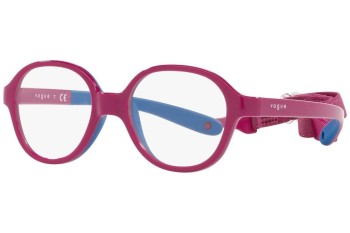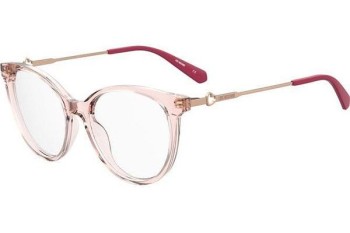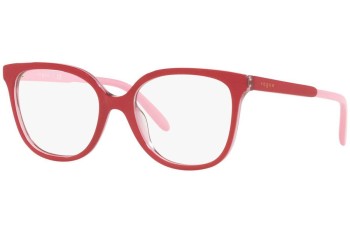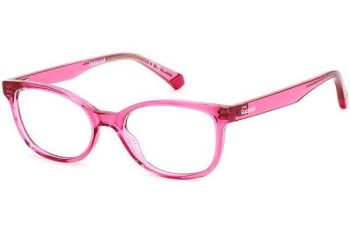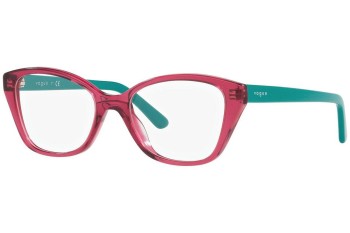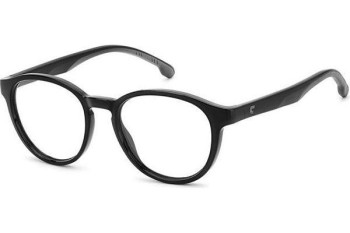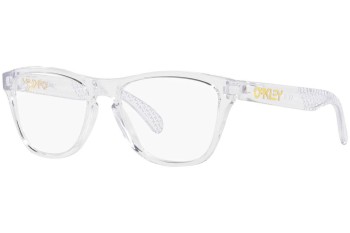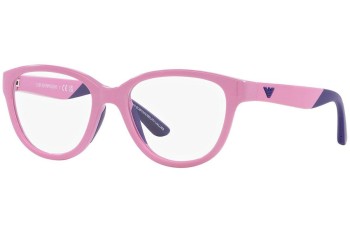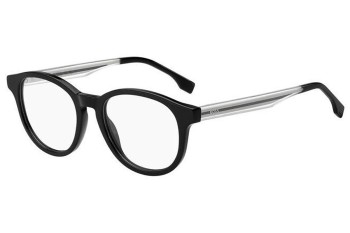- eyerim
- / Prescription glasses
- > Children's prescription glasses
Children's prescription glasses - page 2
Hide filter
Show filter
Filter
TOP
Filter by
Displaying: 197
We also return money for lenses!
For your first purchase of dioptric glasses with eyerim vision lenses, we'll give you a full refund when you return them within 60 days. Read more about the refund policy.
For your first purchase of dioptric glasses with eyerim vision lenses, we'll give you a full refund when you return them within 60 days. Read more about the refund policy.
-54%
For kids
Add to wishlist
Wishlist

Tommy Hilfiger Junior TH1925 J5G
In stock
€53.00
€115.00
€42.40
with the code
SEE20
Copied!
-52%
For kids
Add to wishlist
Wishlist
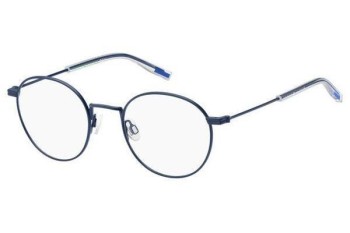
Tommy Hilfiger Junior TH1925 FLL
In stock
€55.00
€115.00
€44.00
with the code
SEE20
Copied!
Select size

A
-
Lens

B
-
Bridge
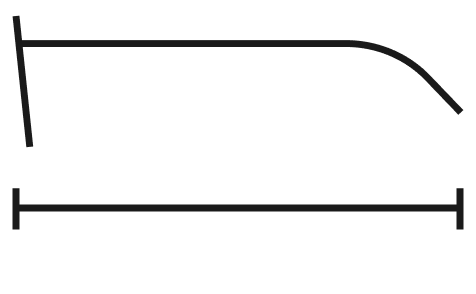
C
-
Temple

D
-
Size
Size guide
TIP #1: Check the size of your current glasses
- Look at the inside of your glasses. Usually you´ll find a series of numbers there that represent the frame size and look something like this: 52 [] 22 145
- Information about the size of the frame is most often found on the inside of the temples

TIP #2: Use a payment card



THE CARD EXTENDS WELL PAST THE EDGE OF YOUR EYE
THE CARD FITS THE CORNER OF YOUR EYE
THE CARD DOES NOT REACH THE END OF THE EYE
Children's prescription glasses - page 2
Kids' health always comes first. That's why we offer a wide selection of children's prescription glasses that combine functionality, safety, and modern design. Choose the best for your child!
Firstly, you need a prescription from an ophthalmologist or optometrist, which should include the diopter values and the pupillary distance - PD. (In the case of astigmatism, also the values of the cylinder and the axis of the cylinder).
If the PD value is missing on your prescription, you can easily measure it yourself at home. All you need is a ruler or a tailor's tape. Next steps:
Place the beginning of the ruler/tailor's tape under the right eye, precisely under/above the pupil, and stretch it to the other eye.
Divide the resulting value by two. e.g., if you measured the child's PD value as 30 mm, it means the PD value of the right eye will be 15 mm, and likewise 15 mm for the left eye.
The size of children's prescription glasses mainly depends on the size of the eye sockets, their distance from each other, and also the shape of the child's face. Generally, glasses should not be wider than the face, should not rest on the cheeks, and should not exceed the eyebrow level. However, they should be large enough for the child to have an unrestricted view in all directions and centered so that the middle of the glasses aligns with the pupil's center. For children under 2 years, there are special frames made of sturdy materials, in smaller sizes, and the packaging often includes a "rubber band" to ensure the glasses don't easily fall off. Children's glasses typically have a width of 44-48 mm, with a temple length of approximately 125 mm. Generally, child sizes fit children from 4 to 10 years well.
Remember, comfort is crucial. Soft temple tips and a nose bridge with the largest possible contact area will ensure enough comfort while wearing the glasses.
For children, we definitely recommend getting glasses that are a bit durable. Acetate or metal are great materials when you're looking for super-durable glasses. And don't forget about flexible temples - glasses will thus more easily adapt to your child's growing face.
How to correctly choose children's prescription glasses?
Firstly, you need a prescription from an ophthalmologist or optometrist, which should include the diopter values and the pupillary distance - PD. (In the case of astigmatism, also the values of the cylinder and the axis of the cylinder).
If the PD value is missing on your prescription, you can easily measure it yourself at home. All you need is a ruler or a tailor's tape. Next steps:
Place the beginning of the ruler/tailor's tape under the right eye, precisely under/above the pupil, and stretch it to the other eye.
Divide the resulting value by two. e.g., if you measured the child's PD value as 30 mm, it means the PD value of the right eye will be 15 mm, and likewise 15 mm for the left eye.
Glasses should be sturdy and of the correct size.
The size of children's prescription glasses mainly depends on the size of the eye sockets, their distance from each other, and also the shape of the child's face. Generally, glasses should not be wider than the face, should not rest on the cheeks, and should not exceed the eyebrow level. However, they should be large enough for the child to have an unrestricted view in all directions and centered so that the middle of the glasses aligns with the pupil's center. For children under 2 years, there are special frames made of sturdy materials, in smaller sizes, and the packaging often includes a "rubber band" to ensure the glasses don't easily fall off. Children's glasses typically have a width of 44-48 mm, with a temple length of approximately 125 mm. Generally, child sizes fit children from 4 to 10 years well.
Remember, comfort is crucial. Soft temple tips and a nose bridge with the largest possible contact area will ensure enough comfort while wearing the glasses.
Which glasses material is the most suitable?
For children, we definitely recommend getting glasses that are a bit durable. Acetate or metal are great materials when you're looking for super-durable glasses. And don't forget about flexible temples - glasses will thus more easily adapt to your child's growing face.












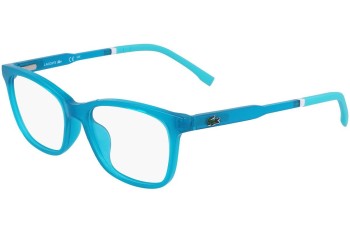








![Glasses OiO by eyerim Orion Black blue-light [non-prescription] Rund Schwarz Glasses OiO by eyerim Orion Black blue-light [non-prescription] Rund Schwarz](https://eyerim.de/content/images/product/list-redesign/135168.jpg)
